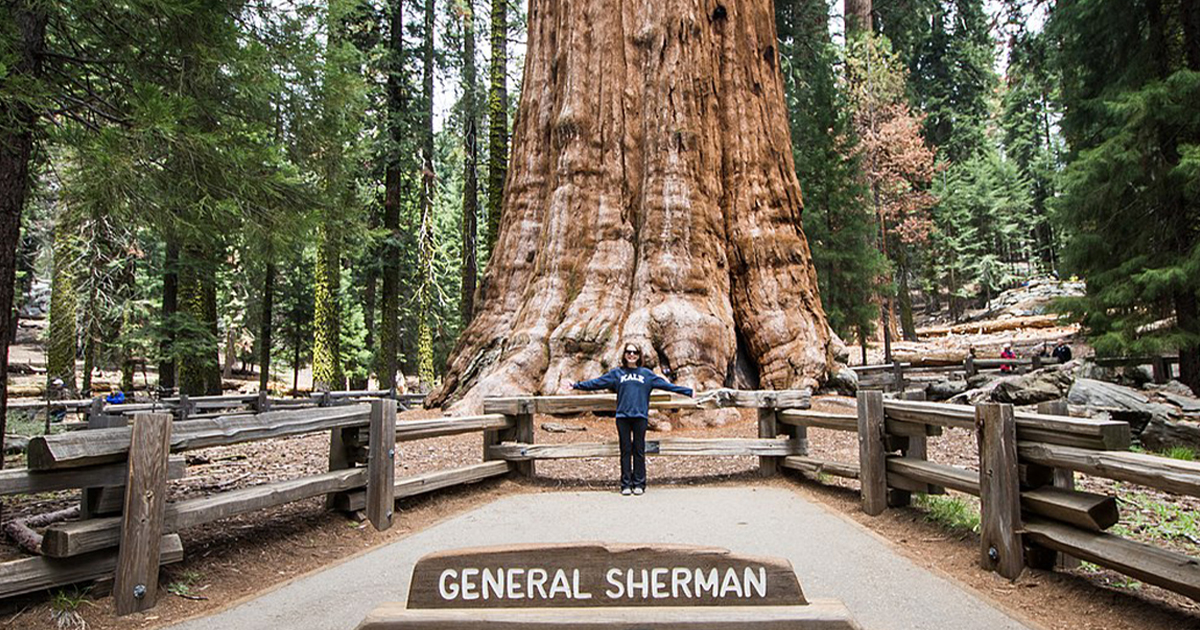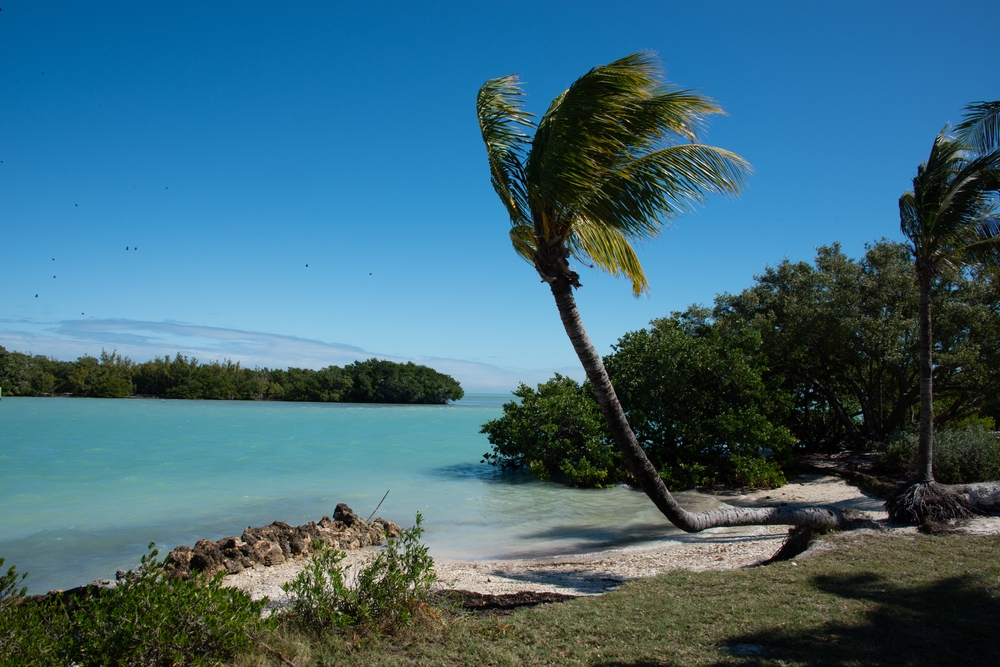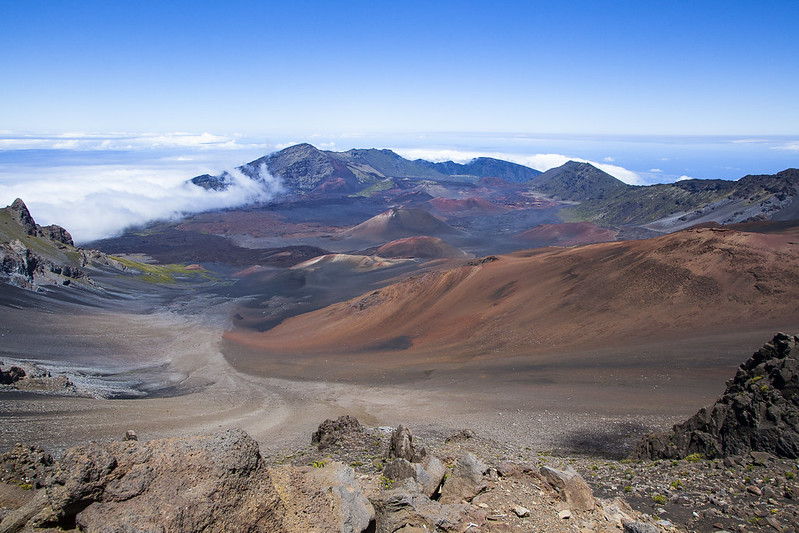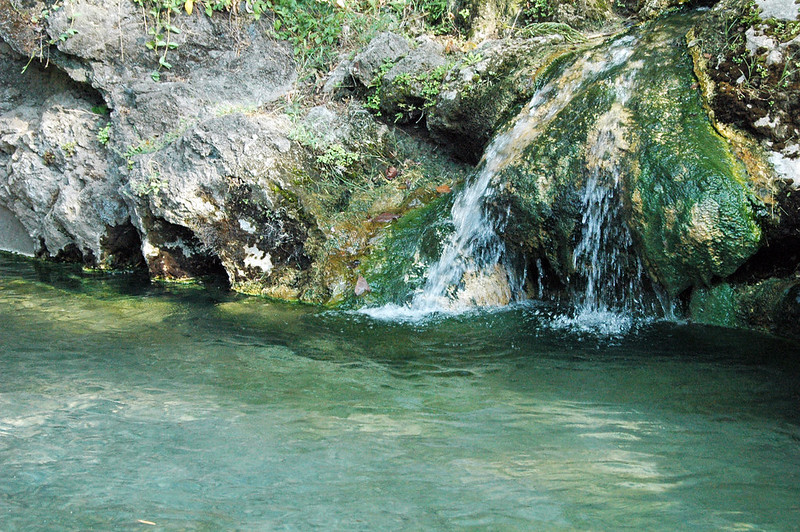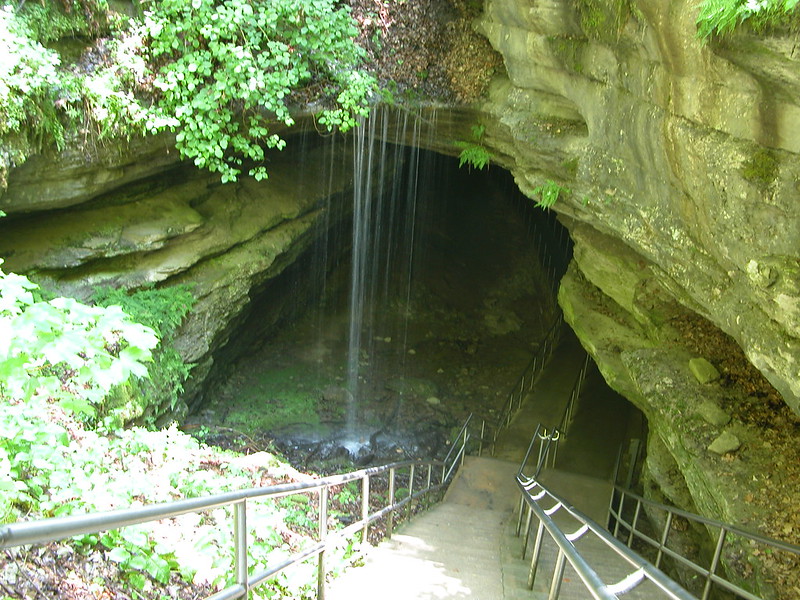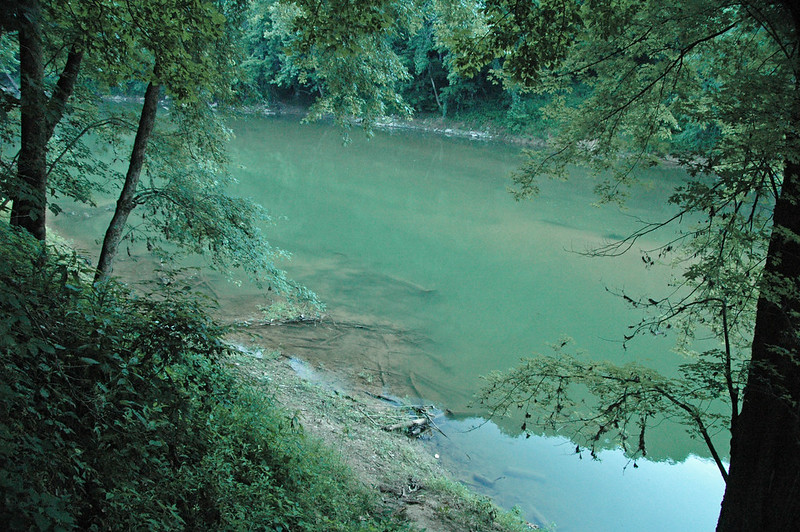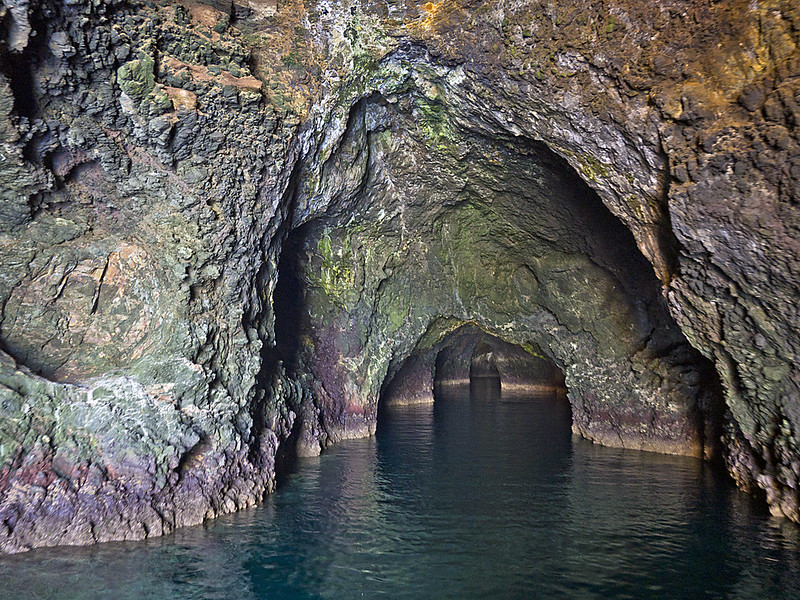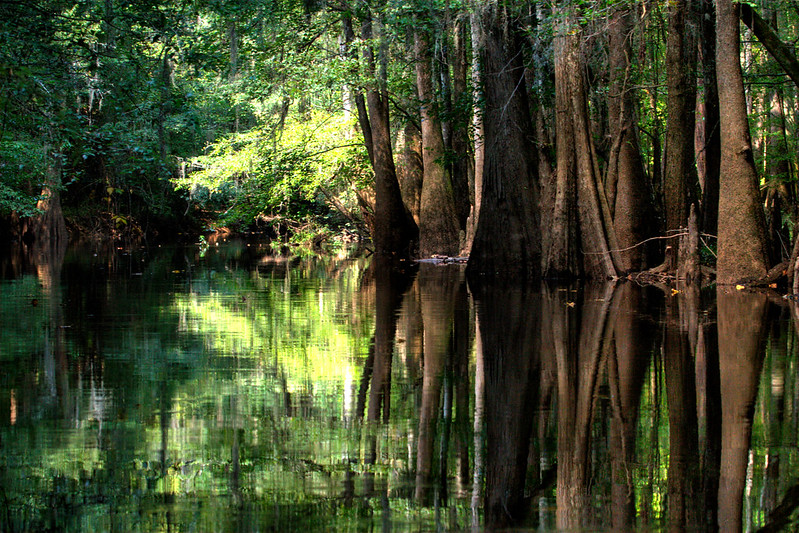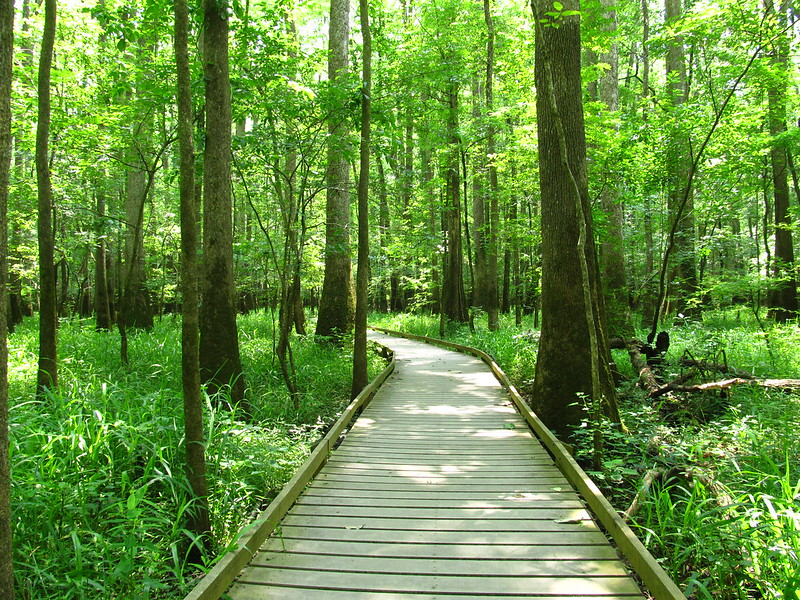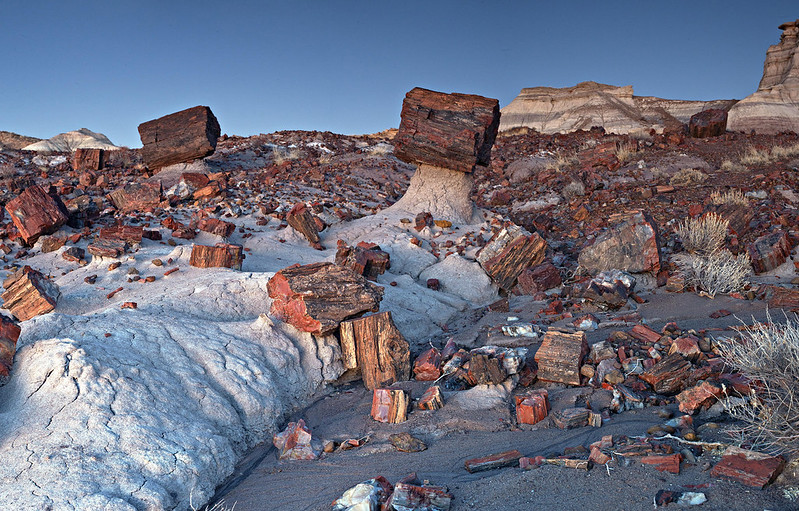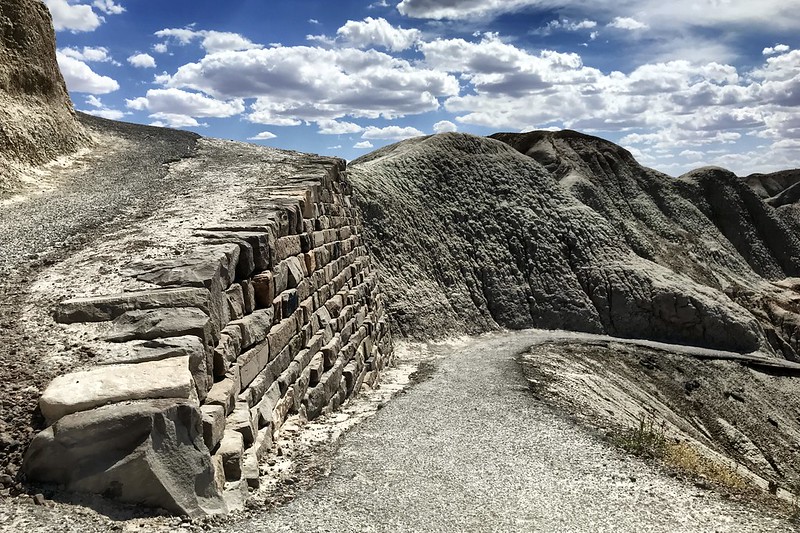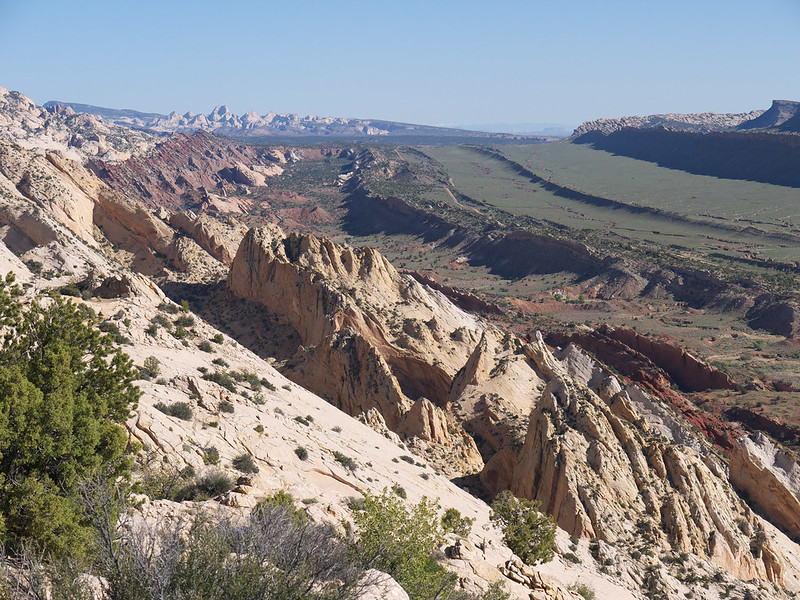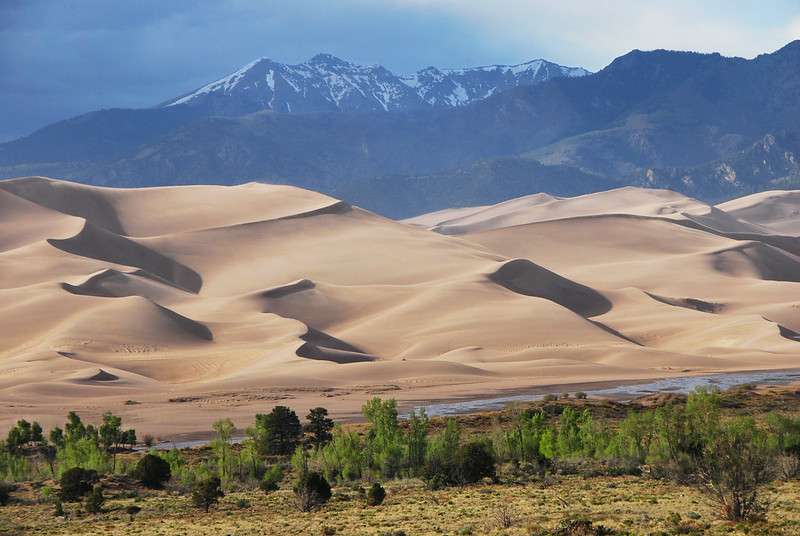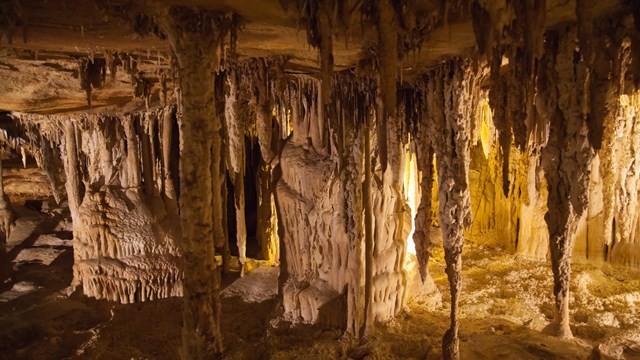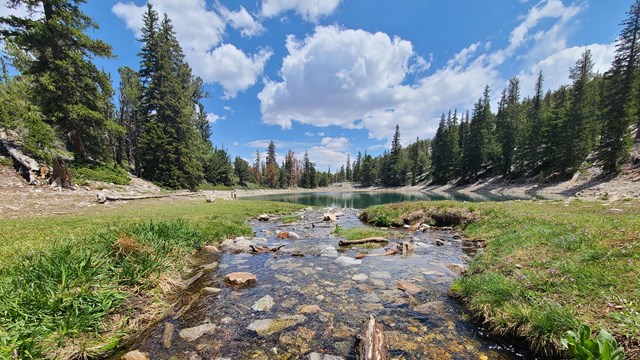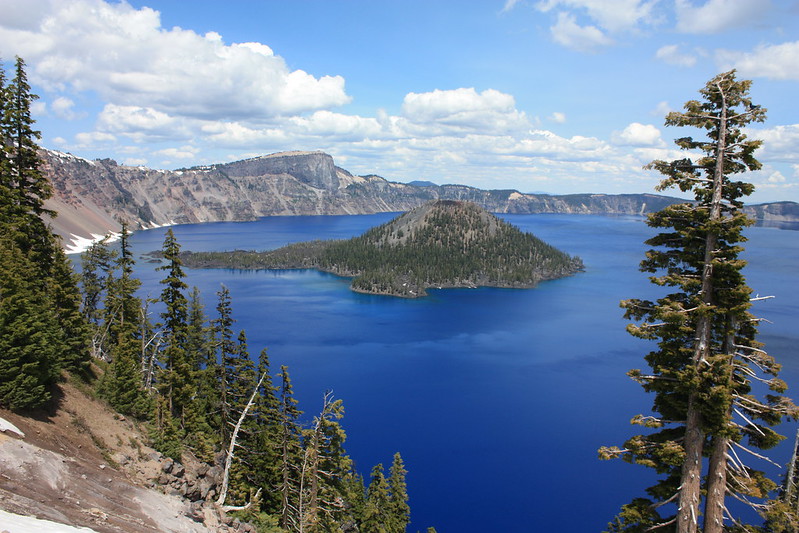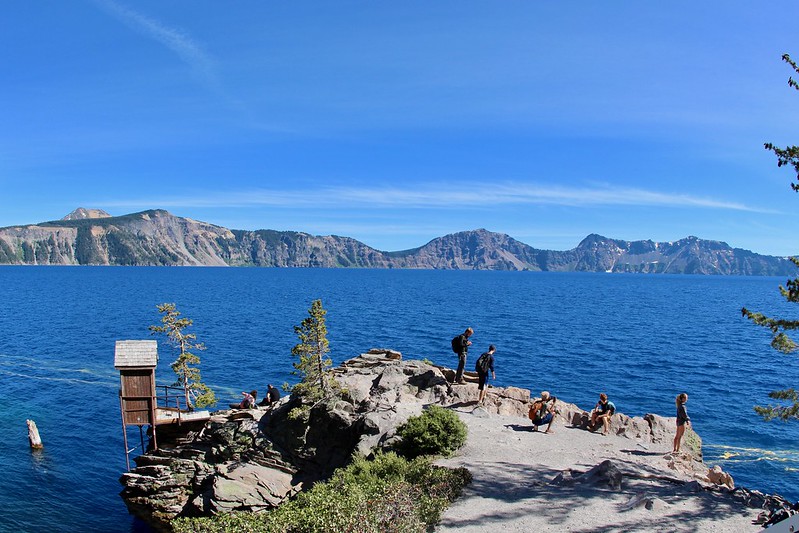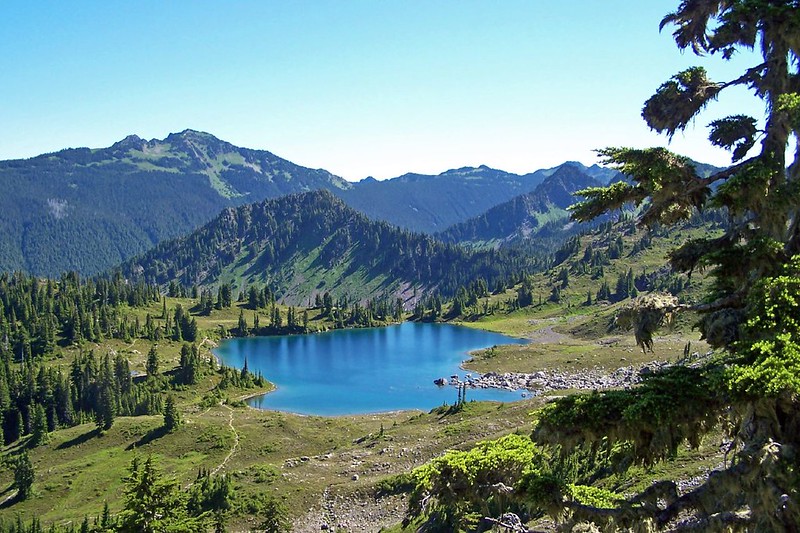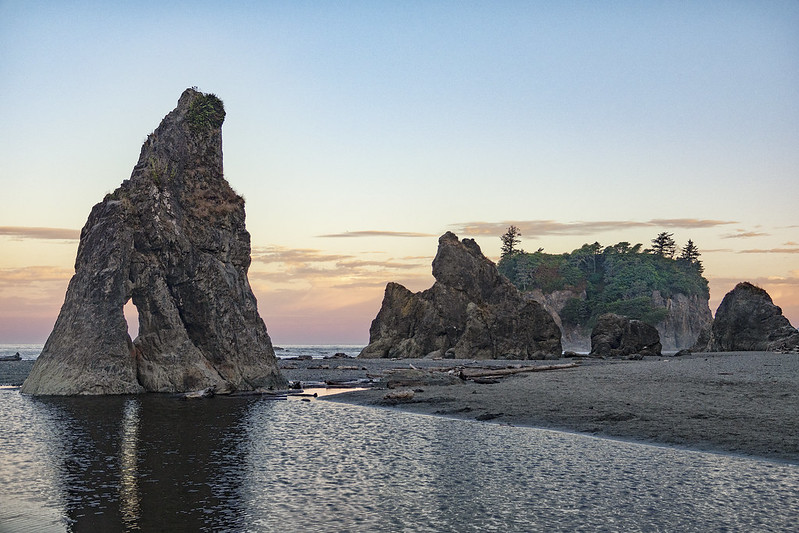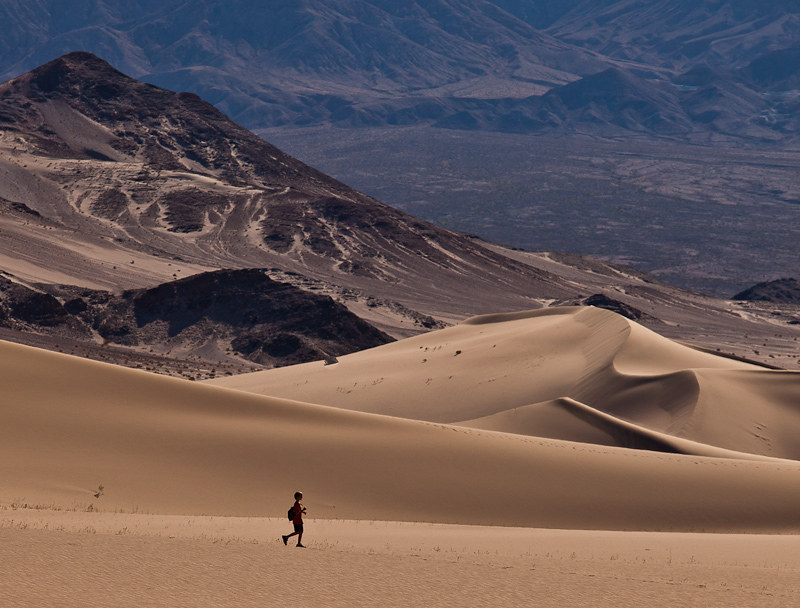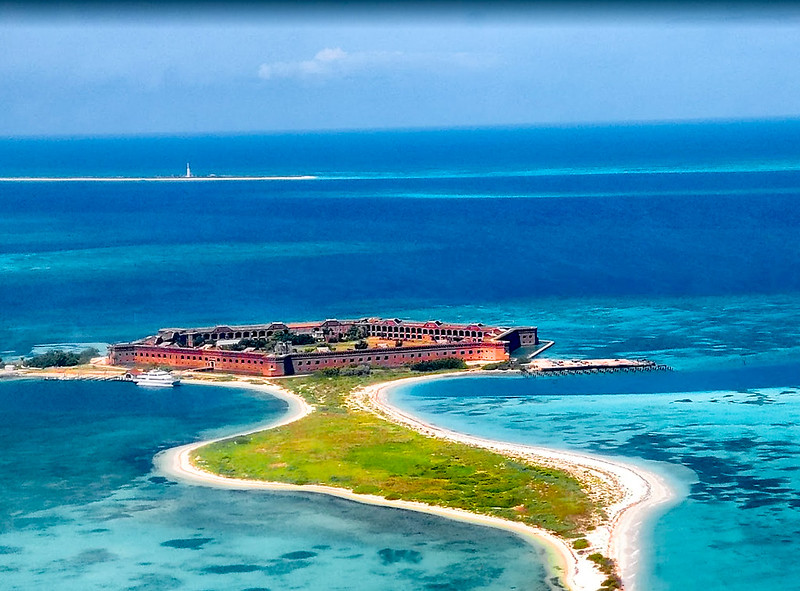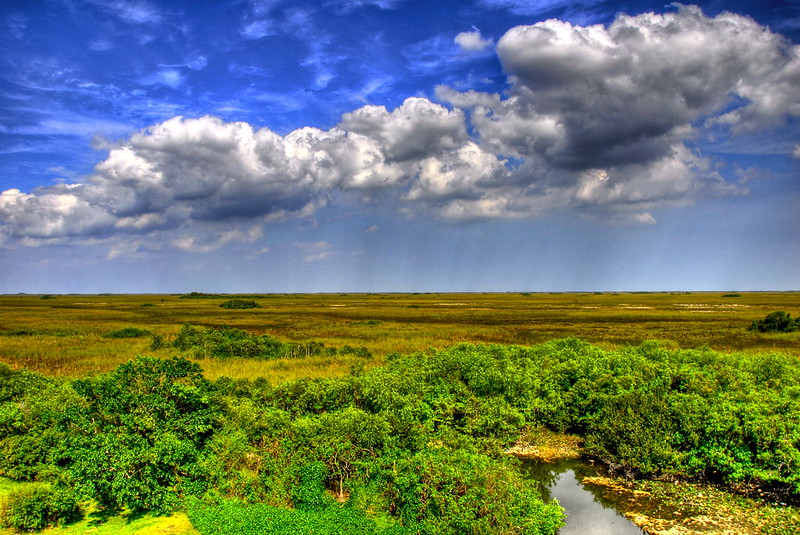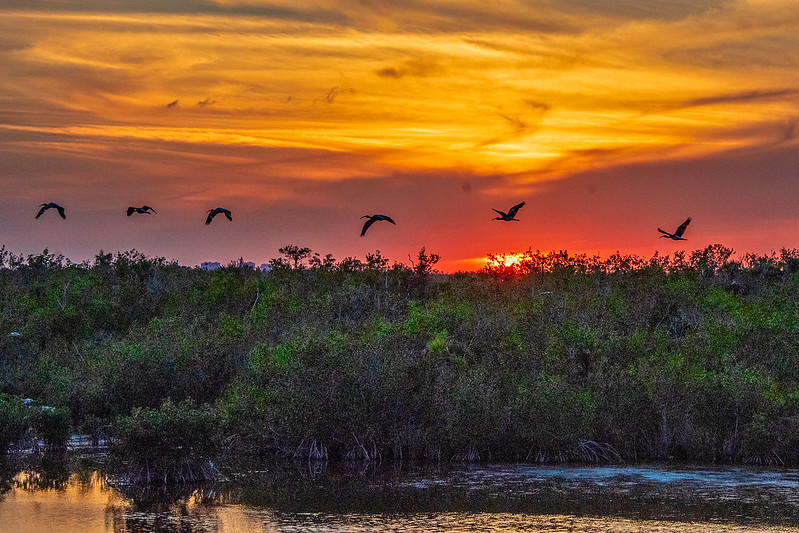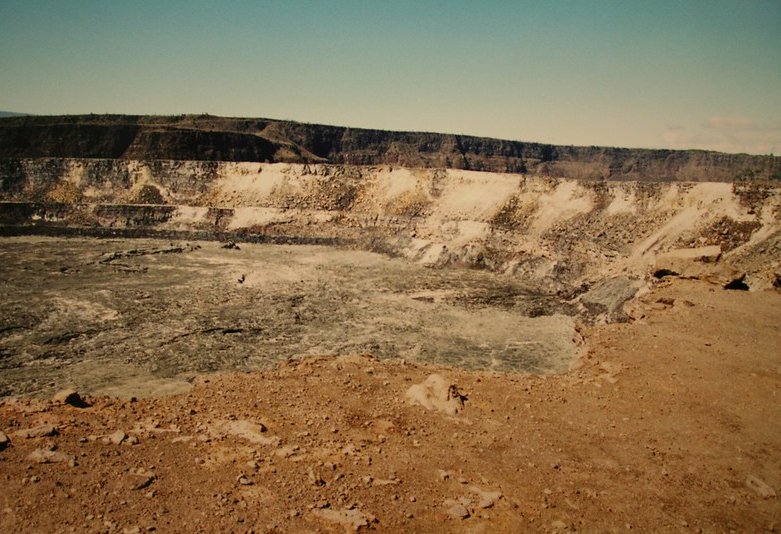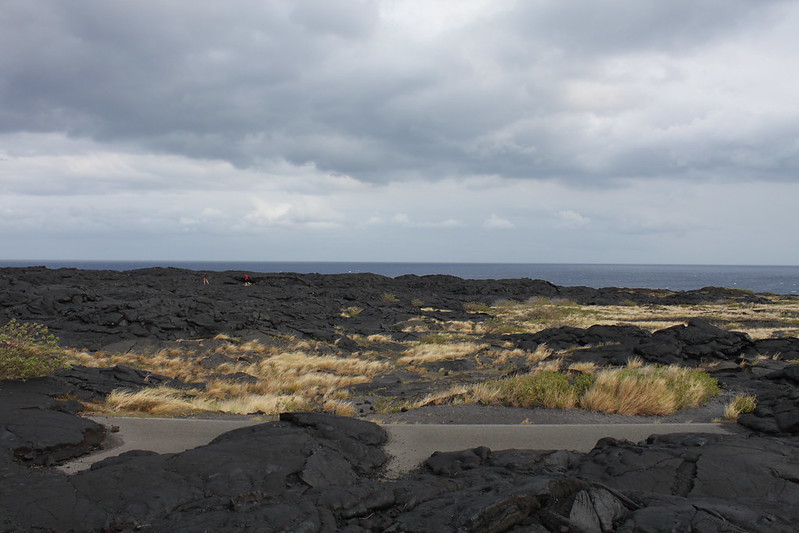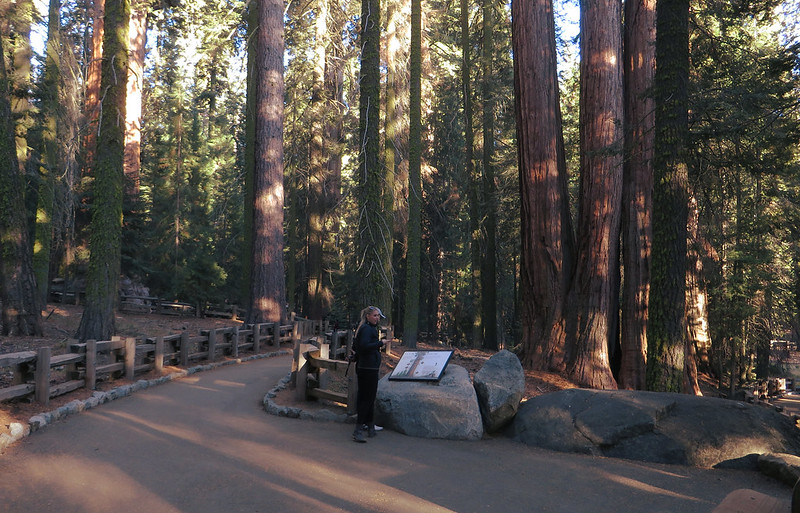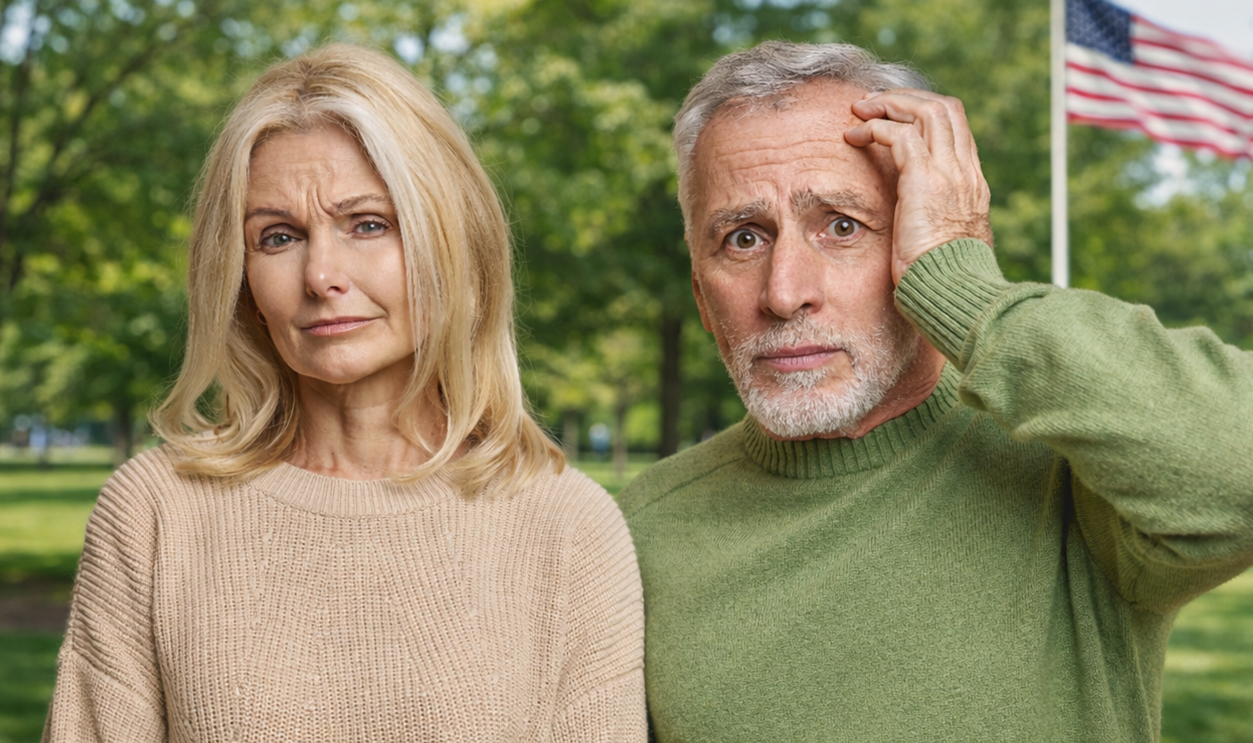They Should Be On Everyone’s Travel List
Forget about the Grand Canyon or Yellowstone—these are underrated national parks are breathtaking!
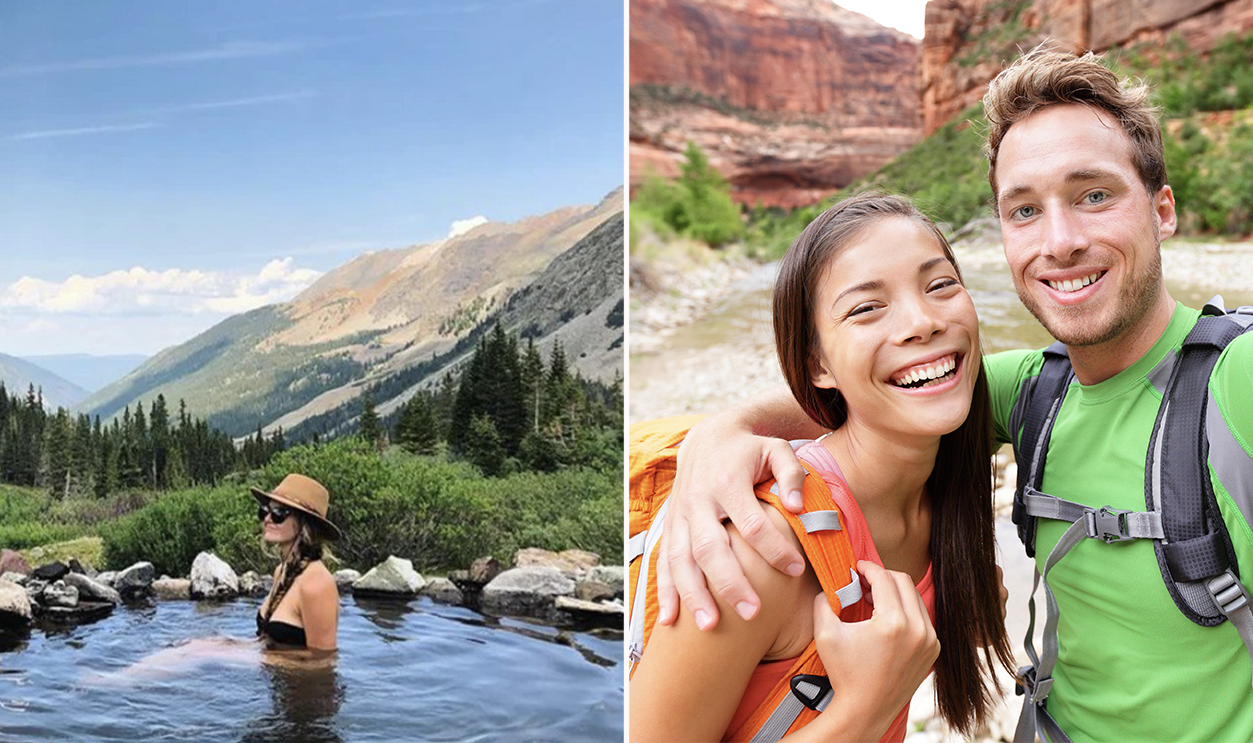
1. Biscayne National Park, Florida
At the north end of the Florida Keys is where you’ll find a national park with four marine ecosystems (mangrove forest, the Bay, the Keys, and coral reefs) that provide a home for a diverse range of wildlife, including threatened animals like the West Indian Manatee, American crocodile, sea turtles and peregrine falcon.
Biscayne National Park
In addition to seeing the wildlife, there are lots of opportunities for visitors to go snorkeling, boating, camping, or fish. You can also check out The Maritime Heritage Trail, which is the only underwater archaeological trail in America.
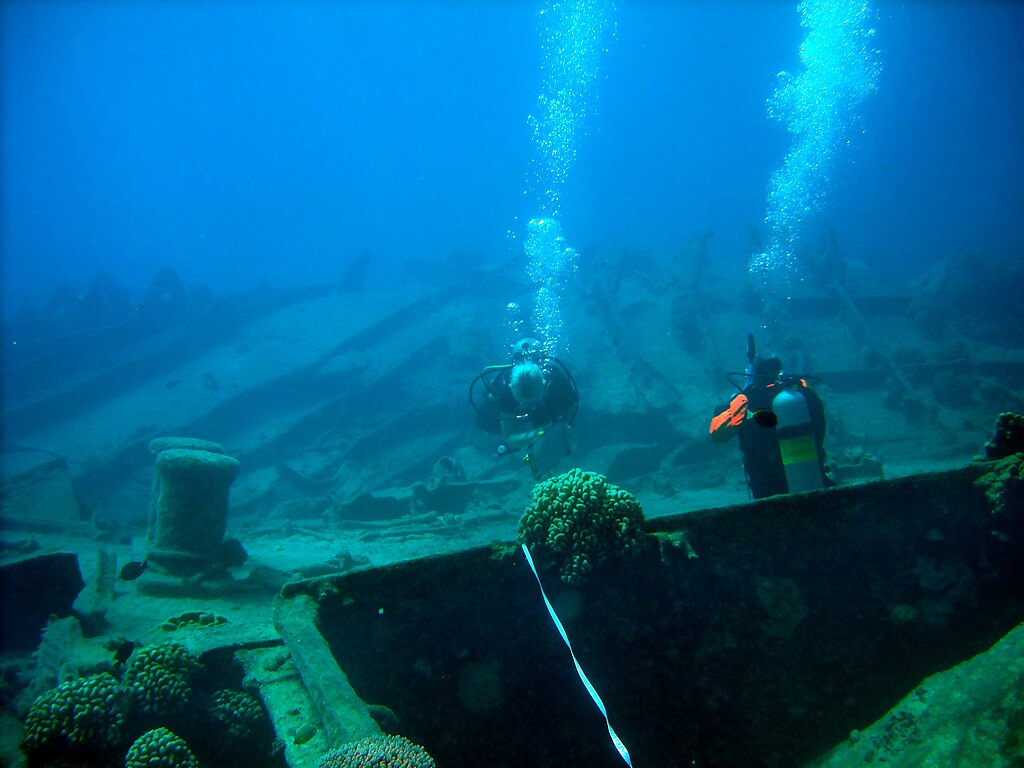 Legr0004, CC BY 3.0, Wikimedia Commons
Legr0004, CC BY 3.0, Wikimedia Commons
2. Haleakala National Park, Hawaii
The large volcanic crater known as Haleakalā is a breathtaking, sacred place. Native Hawaiians call it Pōhaku Pālaha and it is considered to be "wao akua," or the wilderness of the gods. Rainforests provide the perfect sanctuary for native Hawaiian plants and animals that can be found nowhere else on earth.
Haleakala National Park
The Kīpahulu Biological Reserve at the park is kept healthy due to limited access for visitors. This park is home to more endangered species than any other, and it’s also where you’ll find some of the best night skies for gazing at planets, stars and moons. Visitors are welcome to camp, hike, backpack, and swim in this incredible paradise.
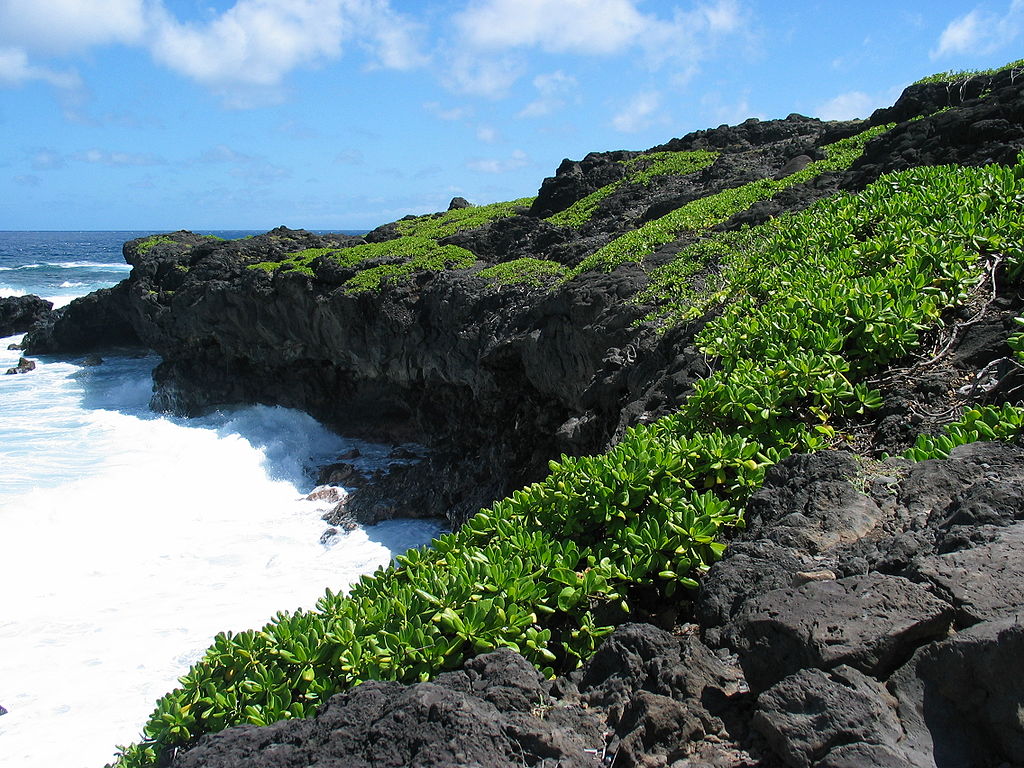 Michael Oswald, Wikimedia Commons
Michael Oswald, Wikimedia Commons
3. Mesa Verde National Park, Colorado
Mesa Verde National Park, established to preserve the works of man, is home to 5,000 known archaeological sites. It is renowned for its 600 cliff dwellings, some with up to 150 rooms, showcasing the architectural skill of the Ancestral Puebloans in the 12th and 13th centuries.
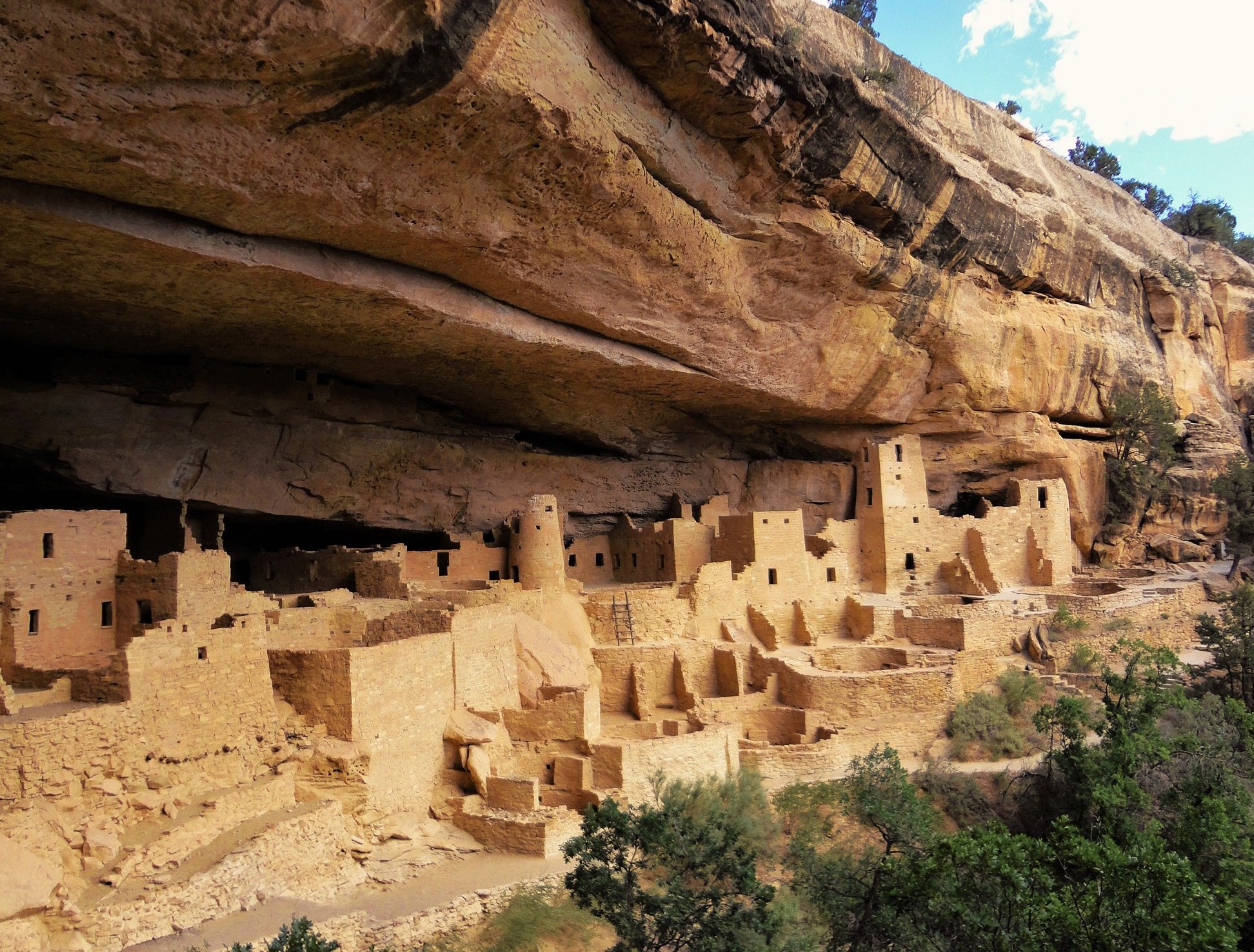 Rationalobserver, CC BY-SA 4.0, Wikimedia Commons
Rationalobserver, CC BY-SA 4.0, Wikimedia Commons
Mesa Verde National Park
Tours provide insights into these ancient lives, while trails offer opportunities for hiking and snowshoeing. The panoramic view at Park Point is one of the most breathtaking in the country, offering a 360-degree vista of the surrounding landscape.
 Andreas F. Borchert, CC BY-SA 3.0, Wikimedia Commons
Andreas F. Borchert, CC BY-SA 3.0, Wikimedia Commons
4. Gates of the Arctic National Park, Alaska
Located in the farthest reaches of the north, Gates of the Arctic National Park safeguards a part of Alaska's Brooks Range, an area inhabited for over 13,000 years. Numerous archaeological sites reflect the deep connections between this land and its historical inhabitants, including descendants of the Athapaskan and Inupiat peoples.
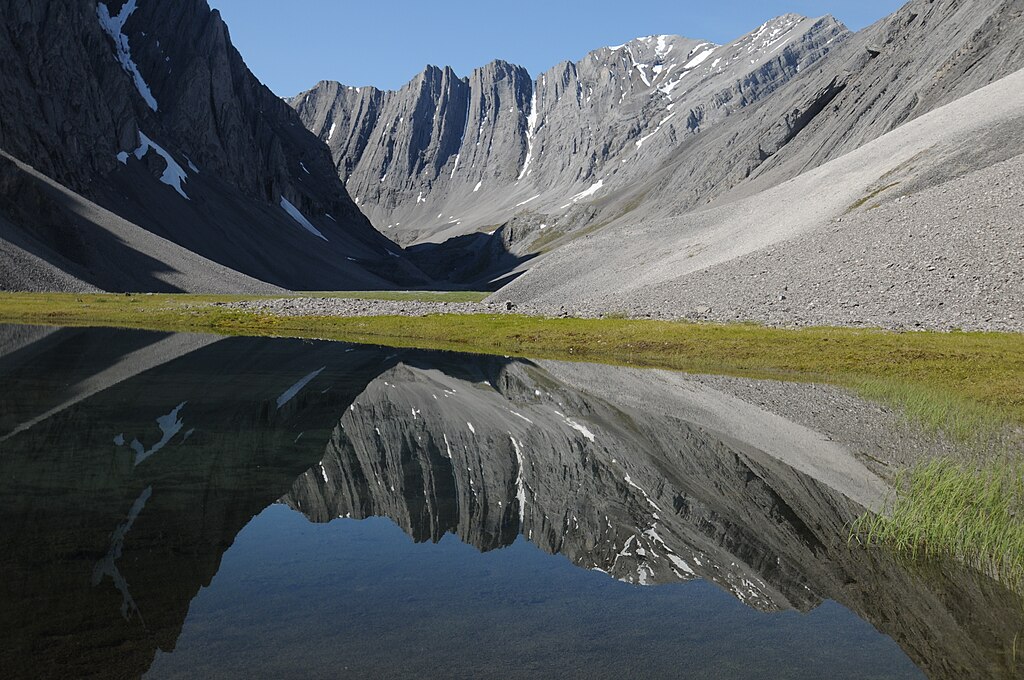 National Park Service, Wikimedia Commons
National Park Service, Wikimedia Commons
Gates of the Arctic National Park
Despite having no of facilities, roads, or trails, the pristine nature of this land invites exploration. Arctic terns undertake the world's longest migration from Antarctic waters to this park annually. Visitors who follow the tern's path will encounter a variety of birds and wildlife while hiking, camping, and navigating the rivers.
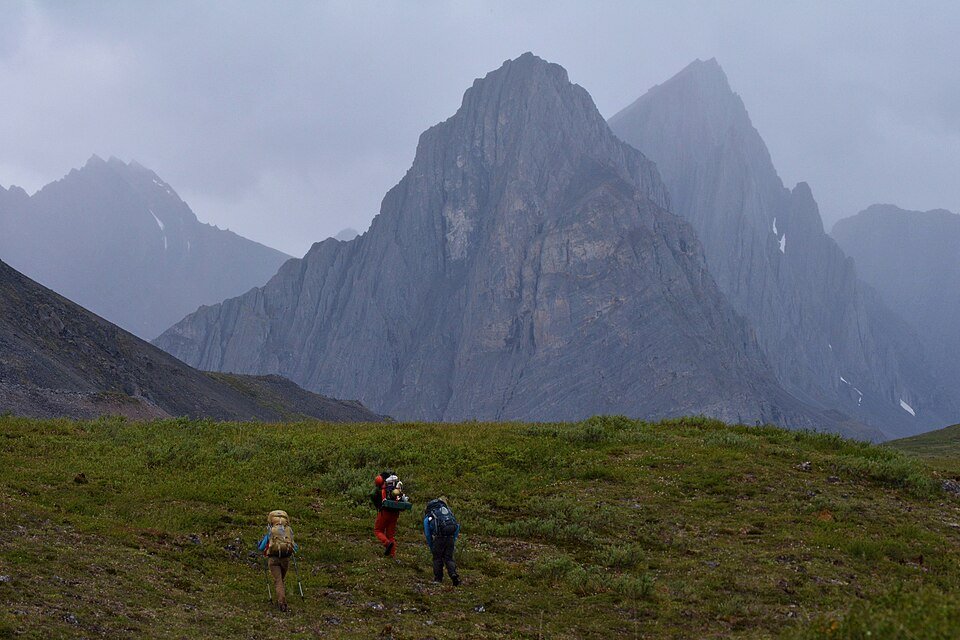 Paxson Woelber, CC BY-SA 3.0, Wikimedia Commons
Paxson Woelber, CC BY-SA 3.0, Wikimedia Commons
5. Hot Springs National Park, Arkansas
Natural hot springs have drawn people to this area for centuries, leading to the establishment of a town in the 1800s. Today, Hot Springs National Park is the smallest national park and the only one located within an urban setting. Its baths are open to the public and highlight the historical significance of bathing practices.
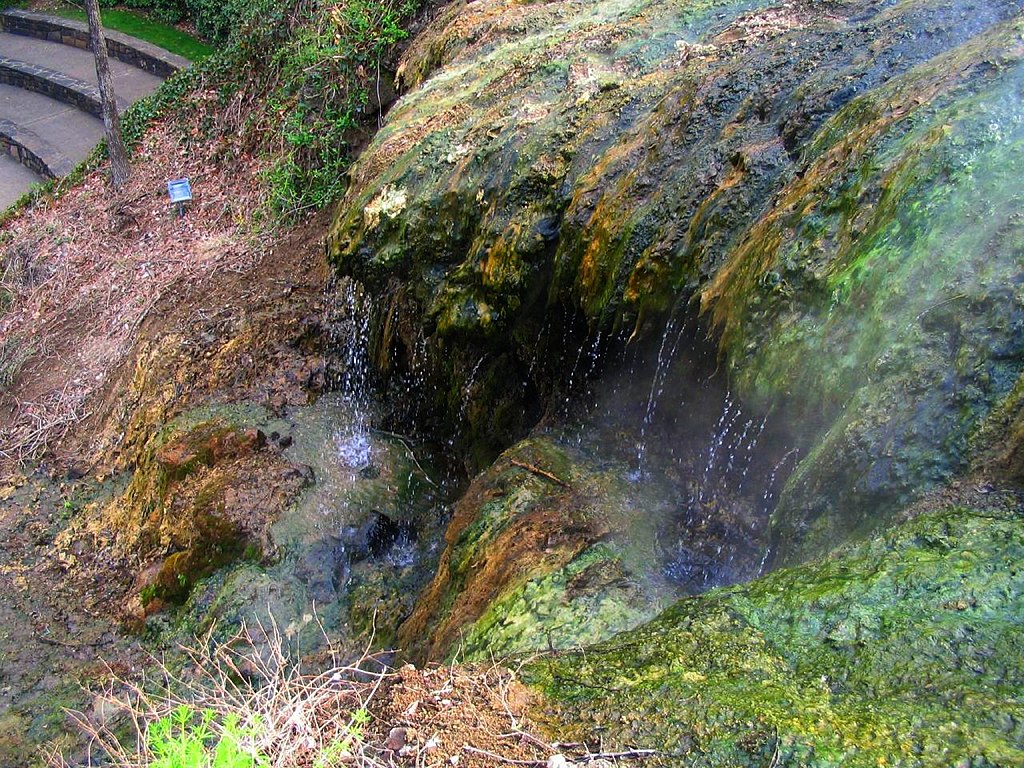 Ken Lund, CC BY-SA 2.0, Wikimedia Commons
Ken Lund, CC BY-SA 2.0, Wikimedia Commons
Hot Springs National Park
The park also features 26 miles of trails for hiking and camping, as well as scenic mountain drives. This unique combination of natural wonders and historical elements makes it a captivating destination.
6. Mammoth Cave National Park, Kentucky
Mammoth Cave National Park, the world's most extensive cave system, boasts over 400 miles of mapped underground passages. The caves contain immense formations, such as "Niagara Falls," and ancient fossils alongside well-preserved artifacts from early native mineral collectors dating back 2,000 to 4,000 years.
Mammoth Cave National Park
Above ground, visitors can explore 70 miles of forest trails by foot, bike, or horse. The Green River also meanders through the park, offering opportunities for boating, fishing, and swimming.
7. Big Bend National Park, Texas
True to the saying that everything is bigger in Texas, Big Bend National Park is a vast expanse where the Rio Grande makes a dramatic turn through the Chihuahuan Desert. This area is rich in geological wonders, including laccoliths, faults, volcanoes, and unique fossils including a world-record pterosaur and a 50-foot crocodile.
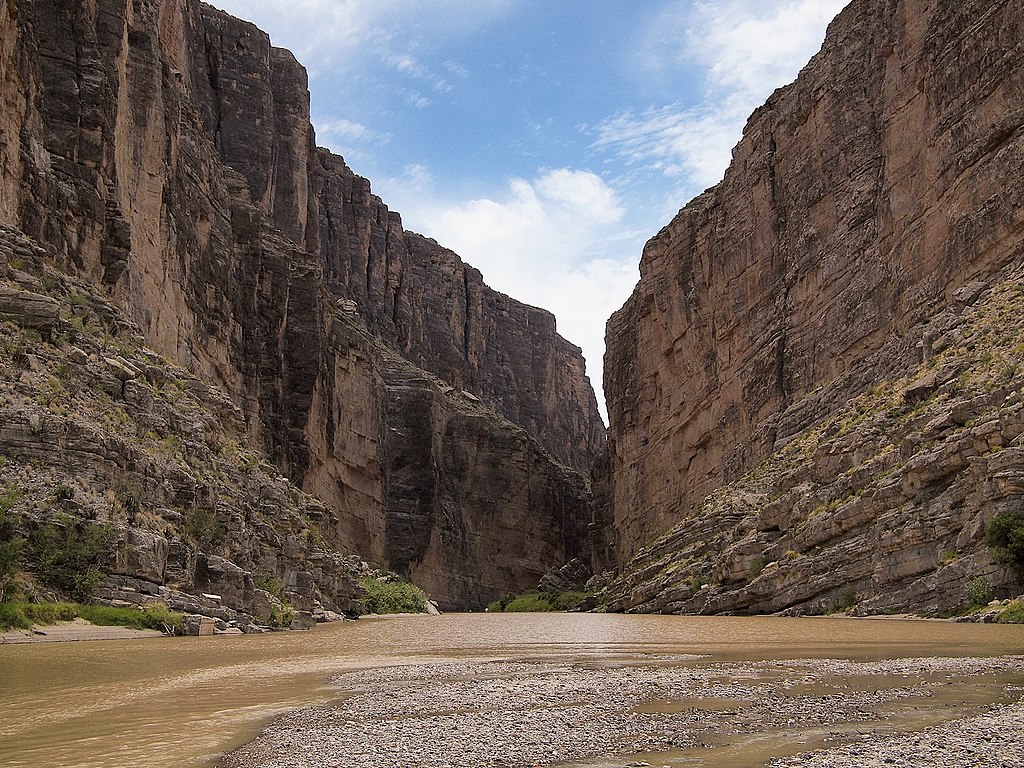 Michael from Minnesota, CC BY-SA 2.0, Wikimedia Commons
Michael from Minnesota, CC BY-SA 2.0, Wikimedia Commons
Big Bend National Park
The park also holds archaeological sites that are over 10,000 years old, reflecting a unique cultural history. The diverse wildlife makes it a paradise for bird watchers. Activities here include hiking, fishing, horseback riding, boating, scenic drives, soaking in natural hot springs, and night sky viewing, where you might even see the Andromeda galaxy.
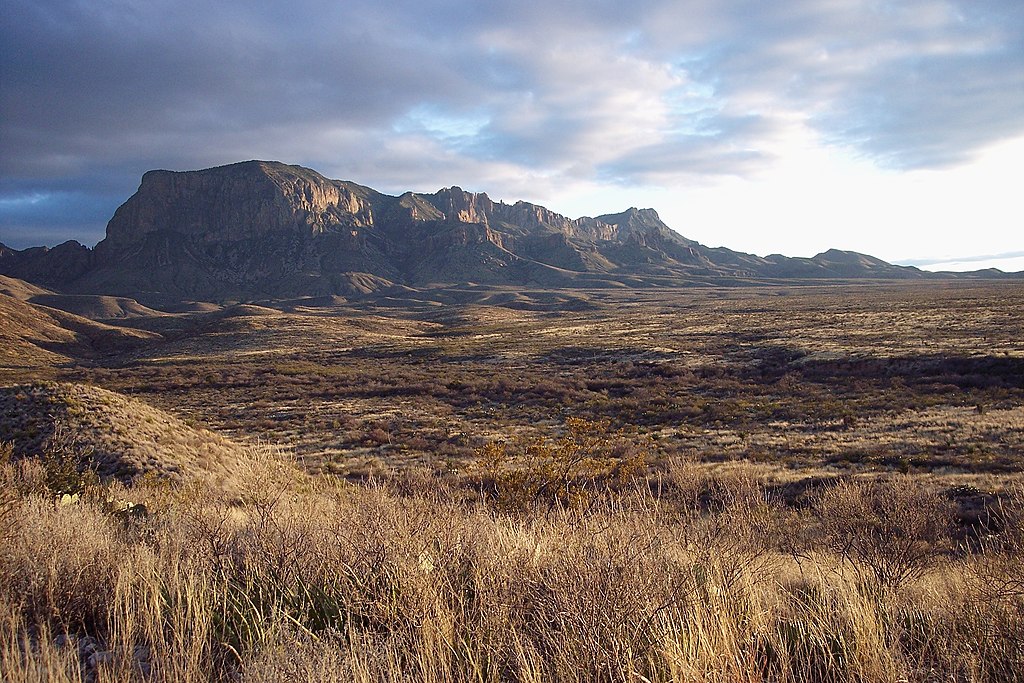 Adbar, CC BY-SA 3.0, Wikimedia Commons
Adbar, CC BY-SA 3.0, Wikimedia Commons
8. Channel Islands National Park, California
Managed by the National Park Service, five of the eight Channel Islands and their surrounding waters preserve a unique coastal Mediterranean ecosystem. Known as the "North American Galapagos," the area hosts 145 species of plants and animals found nowhere else, including the island fox.
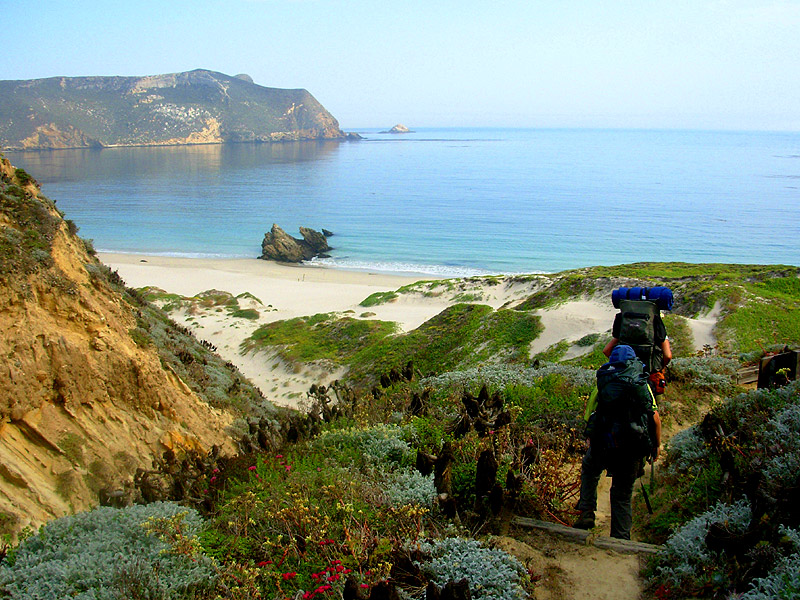 Toddclark, CC BY-SA 3.0, Wikimedia Commons
Toddclark, CC BY-SA 3.0, Wikimedia Commons
Channel Islands National Park
The islands support the region's largest seabird breeding colonies and contain the continent's oldest human remains. Santa Cruz Island's Painted Cave, one of the largest sea caves globally, stretches longer than four football fields and outdoor enthusiasts can enjoy activities like hiking, camping, snorkeling, fishing, and surfing.
9. Congaree National Park, South Carolina
Initially a national monument, this area was recognized as an International Biosphere Reserve and a Globally Important Bird Area before becoming South Carolina's only national park. Congaree National Park is notable for its extensive old-growth floodplain forest, home to some of the tallest trees in eastern North America.
Congaree National Park
Visitors can explore the swamps via the elevated Boardwalk Loop. The park also offers hiking, camping, wildlife viewing, canoeing, and kayaking. Its diverse ecosystem and array of recreational activities attract visitors seeking a connection with nature.
10. Petrified Forest National Park, Arizona
Located in Arizona's Painted Desert, Petrified Forest National Park is renowned for its 225-million-year-old petrified wood, which has transformed into solid quartz. This part of the Chinle Formation is scientifically significant for its Late Triassic fossils.
Petrified Forest National Park
The park also contains over 350 Native American sites, documenting more than 13,000 years of human history and culture. It holds one of the Southwest's most diverse collections of prehistoric pottery fragments. Visitors can explore over 52,000 acres of wilderness, ideal for hiking, backpacking, horseback riding, and geocaching.
11. Capitol Reef National Park, Utah
Capitol Reef National Park showcases the striking Waterpocket Fold, a 100-mile geologic monocline that looks like a giant wrinkle in the Earth's surface. This formation offers a unique glimpse into the planet's geological layers.
Capitol Reef National Park
The park also features monoliths, sandstone domes, cliffs, canyons, and natural bridges. Beyond its stunning landscapes, Capitol Reef boasts some of the clearest night skies among western national parks, making it ideal for stargazing. Visitors can engage in activities like camping, hiking, backpacking, rock climbing, biking, and horseback riding.
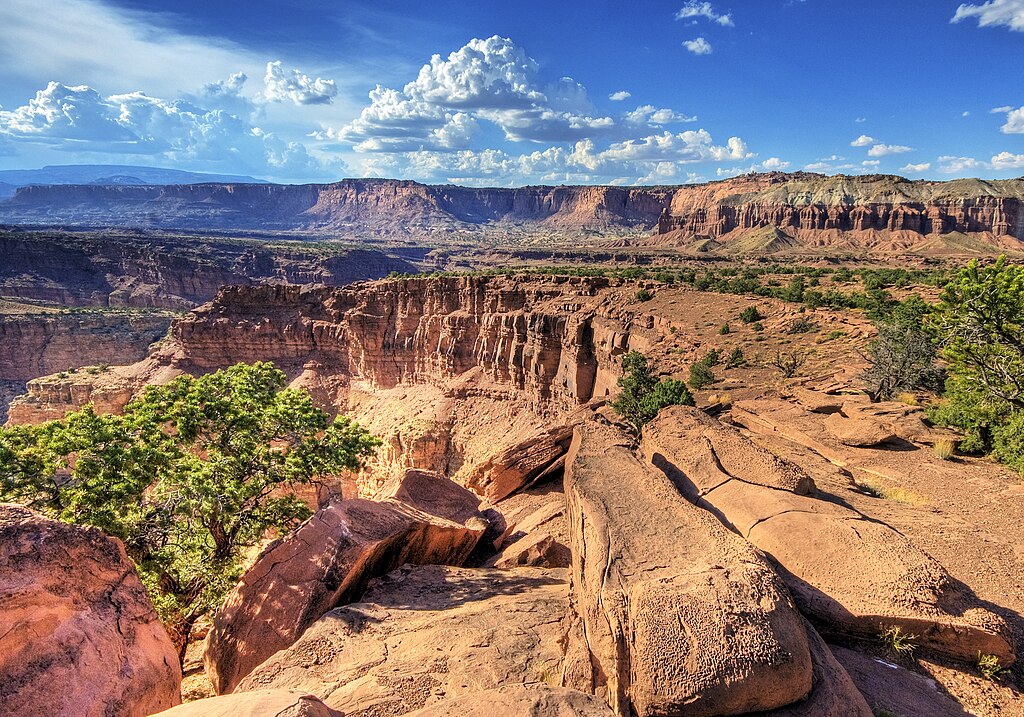 Wolfgang Staudt, CC BY 2.0, Wikimedia Commons
Wolfgang Staudt, CC BY 2.0, Wikimedia Commons
12. Great Sand Dunes National Park, Colorado
Home to North America's tallest dunes, Great Sand Dunes National Park features sand peaks rising up to 750 feet, sculpted by the Rio Grande. The park's diverse landscape includes grasslands, shrublands, wetlands, alpine lakes, high mountains, and ancient forests.
Great Sand Dunes National Park
Visitors often prefer the spring and fall due to extreme summer heat and freezing winter temperatures. In spring, Medano Creek offers beach-like activities such as wading, skimboarding, tubing, and sand sculpting. Popular activities also include sandboarding, sand sledding, hiking, backpacking, photography, astronomy, camping, and horseback riding.
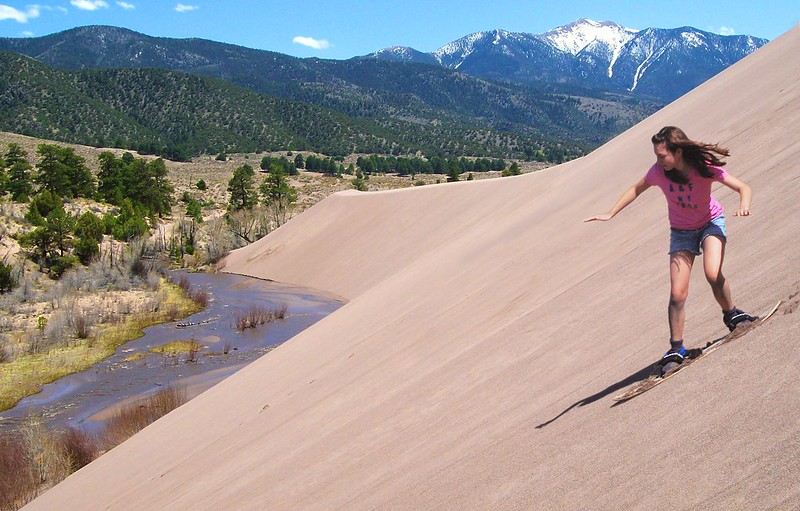 Great Sand Dunes National Park and Preserve, Flickr
Great Sand Dunes National Park and Preserve, Flickr
13. Great Basin National Park, Nevada
The diversity of Great Basin National Park's treasures is remarkable, evidenced by its 13,000-foot Wheeler Peak, 5,000-year-old bristlecone pine trees, limestone Lehman Caves, and some of the country's darkest night skies.
Great Basin National Park, Nevada
You can also explore rock formations, fossils, springs, creeks and even a glacier. And since Great Basin mountains are isolated by surrounding deserts, some plants and animals found here are unique to the area.
14. Crater Lake National Park, Oregon
Crater Lake National Park was formed over 7,000 years ago by the volcanic eruption of Mount Mazama, creating the deepest lake in the U.S. at nearly 2,000 feet. The lake's pristine blue waters and two central islands add to its breathtaking scenery.
Crater Lake National Park
Winter snows limit access, but visitors still enjoy snowshoeing, cross-country skiing, and snowmobiling. In the summer, the park comes alive with activities like hiking, boating, swimming, fishing, and camping.
15. Olympic National Park, Washington
Olympic National Park encompasses nearly one million acres, with 95% designated as Wilderness, making it a sanctuary for ancient forests. Its temperate rainforests are among the wettest areas in the continental U.S., preserving some of the largest remnants of these ecosystems.
Olympic National Park
The park's 73-mile Pacific coastline features tidepools, sandy beaches, and rocky cliffs, while the Olympic Mountains host significant glacial formations. This rich diversity supports a wide range of wildlife. Visitors can indulge in hiking, skiing, scenic drives, biking, backpacking, camping, fishing, bird watching, and beach strolling.
16. Death Valley National Park, California and Nevada
Death Valley, the lowest and driest place in the U.S., is a land of extremes, with temperatures soaring up to 130 degrees Fahrenheit. The park contrasts high snowy mountains with scorching deserts.
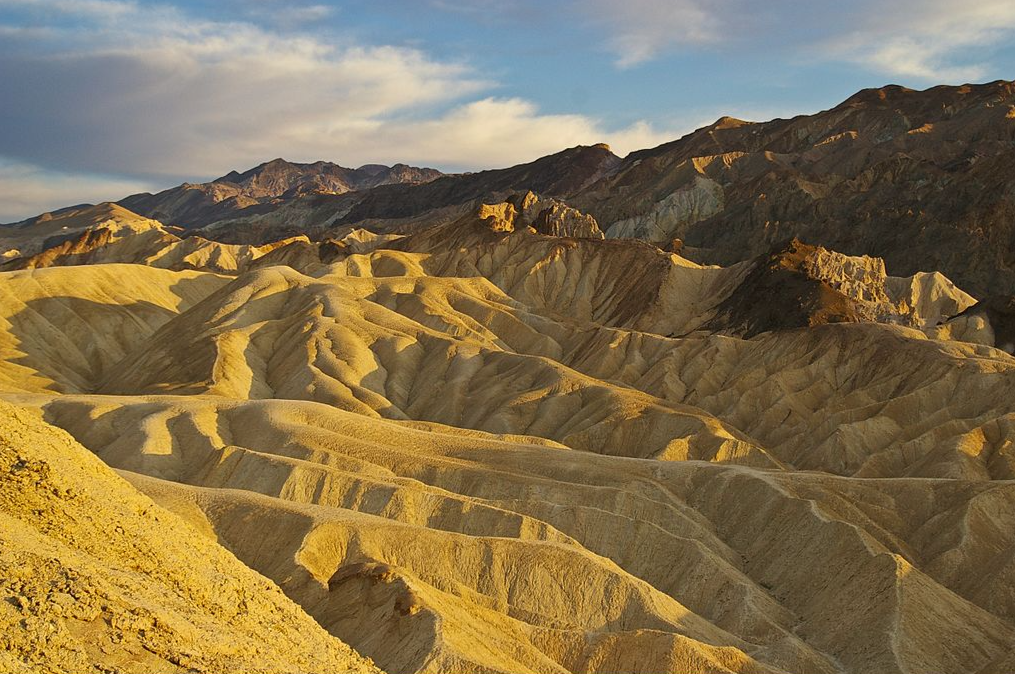 Niagara66, CC BY-SA 4.0, Wikimedia Commons
Niagara66, CC BY-SA 4.0, Wikimedia Commons
Death Valley National Park
Despite its name, Death Valley supports life with periodic rains. Its varied landscape includes canyons, colorful badlands, sand dunes, salt flats, springs, and buttes. Popular activities include backcountry adventures, biking, and birdwatching, with endless possibilities in the largest national park in the contiguous U.S.
17. Dry Tortugas National Park, Florida
Situated at the end of the Florida Keys, Dry Tortugas National Park covers 100 square miles, mainly open water with abundant marine life around its seven small islands. Accessible only by boat or seaplane, it features the third-largest barrier reef system outside Australia and Belize.
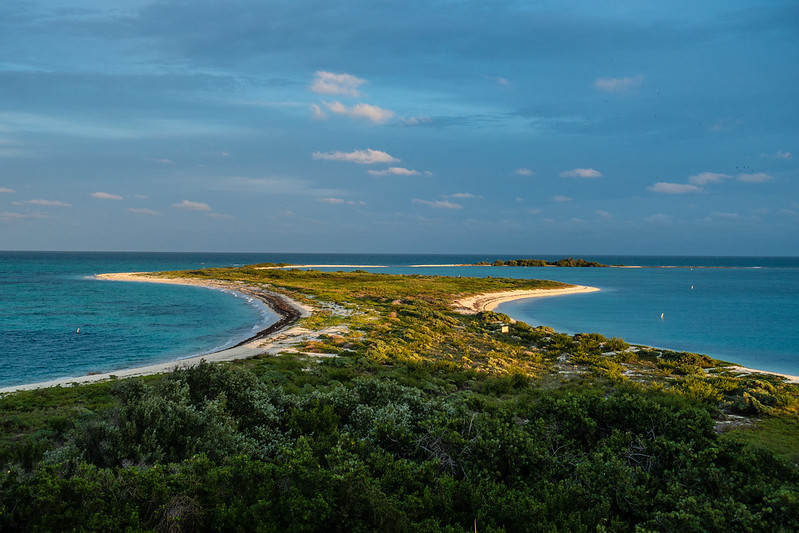 NPS Climate Change Response, Flickr
NPS Climate Change Response, Flickr
Dry Tortugas National Park
Fort Jefferson, once a remote prison, remains the largest masonry structure in the Western Hemisphere. Visitors can explore shipwrecks and observe a variety of bird species, adding to the park's allure.
18. Everglades National Park, Florida
Spanning 1.5 million acres, Everglades National Park is the largest subtropical wilderness in the U.S. This mangrove ecosystem and marine estuary marks the northern limit for many subtropical plants and the southern limit for many temperate ones.
Everglades National Park
Home to 36 protected species, including the Florida panther, American crocodile, and West Indian manatee, the park is a haven for rare wildlife. Visitors flock to see its 350 documented bird species and enjoy activities like boating, hiking, camping, and biking.
19. Hawaii Volcanoes National Park, Hawaii
Home to Kīlauea and Mauna Loa, two of the world's most active volcanoes, Hawaii Volcanoes National Park offers a dynamic landscape. Kīlauea has erupted almost continuously since 1983, creating about 500 acres of new land on the island's southern shore.
The park's location on the southeastern edge of Hawaii's largest island makes it biologically fascinating, with varied elevations supporting diverse habitats. Visitors can observe lava flows, hike, bike, drive, and camp, discovering unique species like native carnivorous caterpillars and endangered Hawksbill sea turtles.
20. Sequoia National Park, California
Sequoia National Park boasts the world's largest tree, General Sherman, and the tallest mountain in the continental U.S., Mount Whitney. The park also features over 240 marble caverns and the granite dome, Moro Rock.
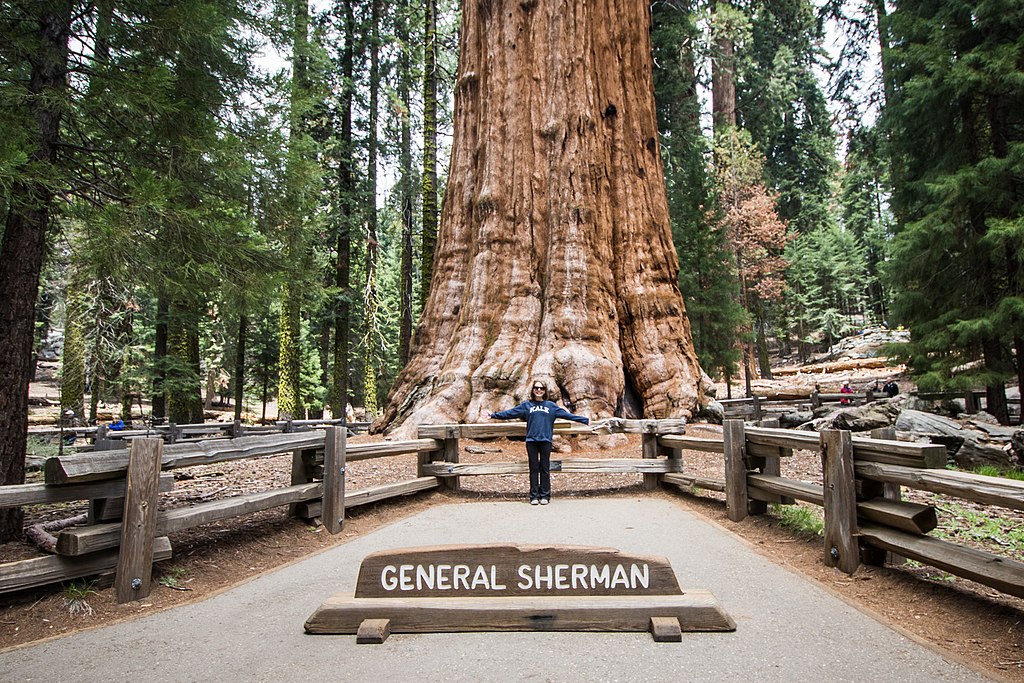 m01229, CC BY-SA 2.0, Wikimedia Commons
m01229, CC BY-SA 2.0, Wikimedia Commons
Sequoia National Park
Bordering Kings Canyon National Park, Sequoia encompasses hundreds of thousands of pristine acres, with over 90% designated as Wilderness. It protects nearly half the remaining sequoia groves in the world. Visitors can enjoy scenic drives, campgrounds, rock climbing, and winter sports, though swimming or boating in the rivers is hazardous, fishing is permitted.

